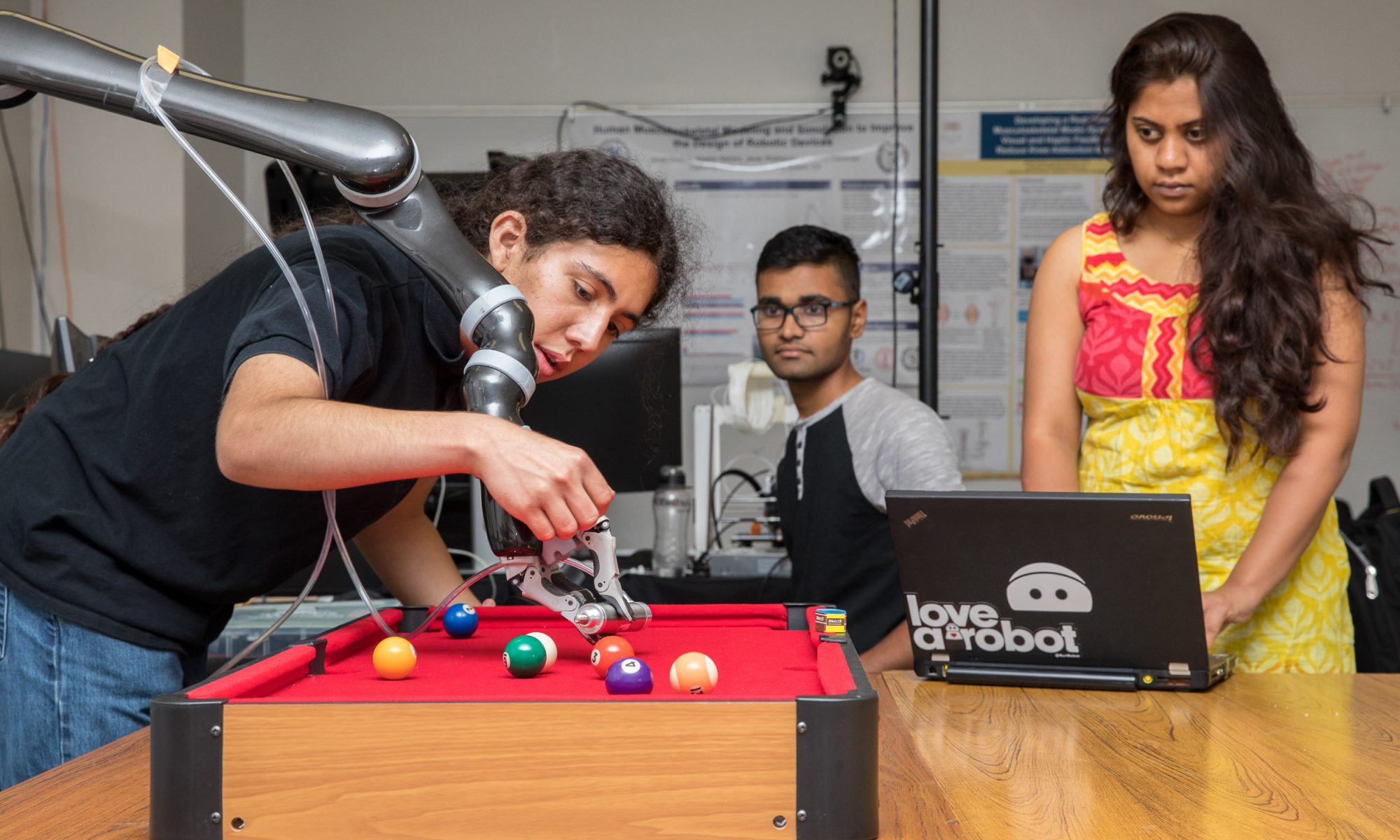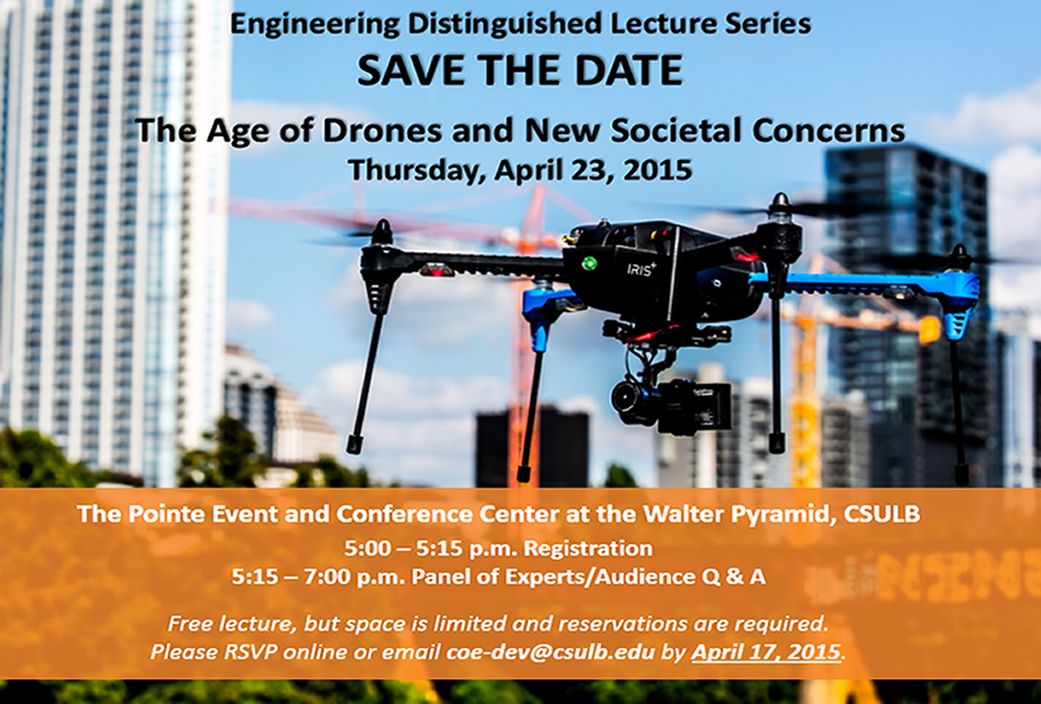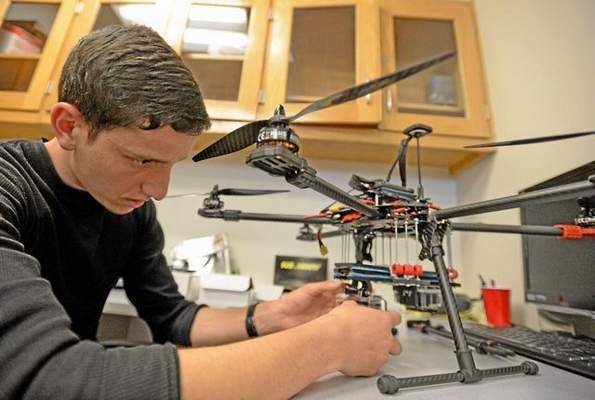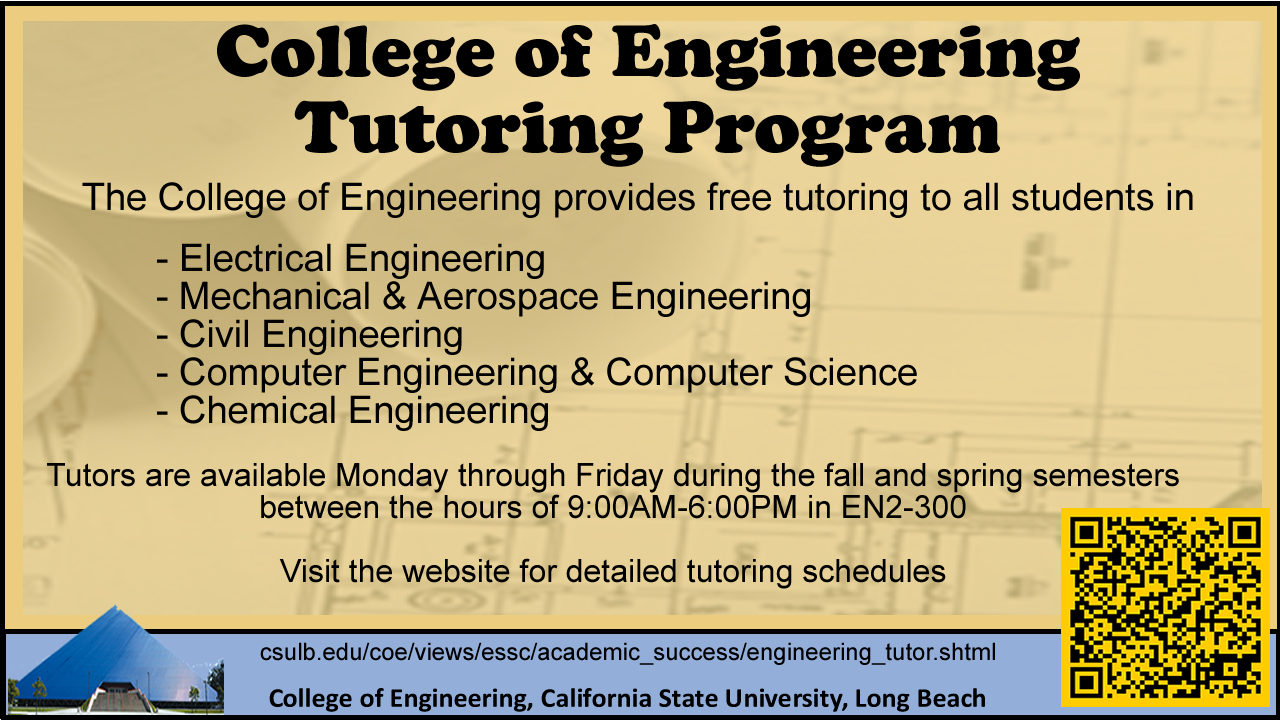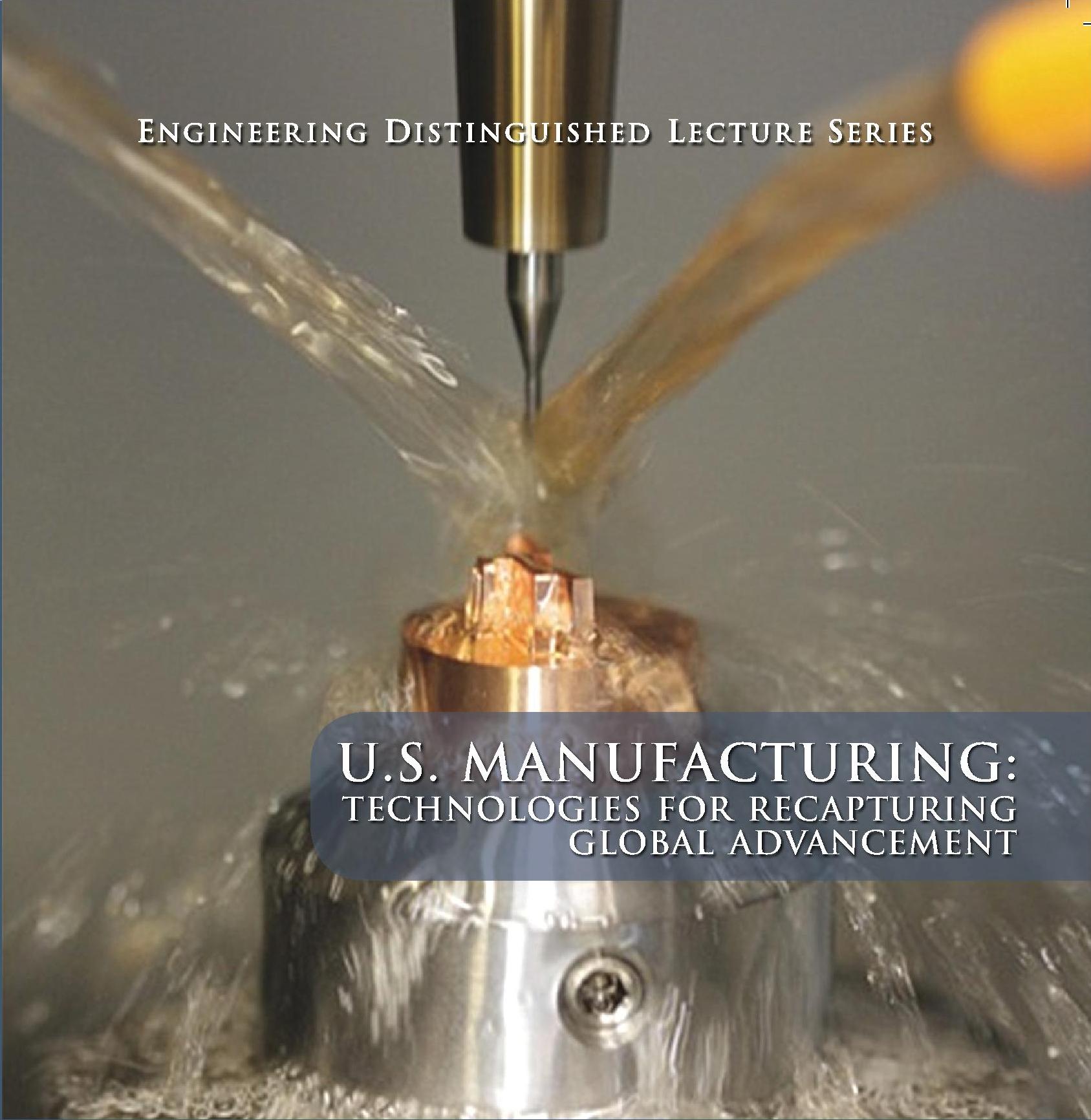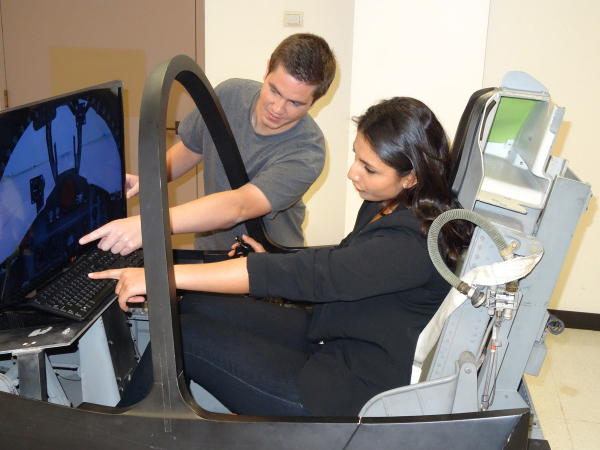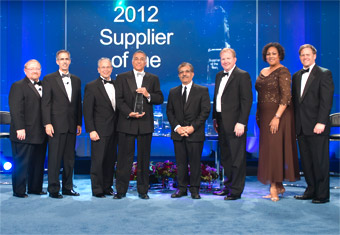by News @ The Beach
The future of cockpit design may be recast for tomorrow’s fighter pilot thanks to Northrop Grumman-sponsored research led by College of Engineering Dean Forouzan Golshani.
“There is a concept that cockpit design follows what was invented 50 years ago,” explained Golshani. “Generally, we have more sophisticated cockpits today but they really only have more knobs, gadgets and displays to work with. Our partners at Northrop Grumman think there is a better approach to designing cockpits for next generation fighters, including how our children play computer games.”
He explained that a cockpit is all about interaction with the environment and how information should be transmitted to the pilot.
“If you look at the way mission-oriented computer games are played, they control the same kind of things that a pilot does,” he said. “How much fuel do you have? How do you release a weapon or drop a package? Gameplayers deal with many constraints at any given time. They manage information in a way older generations never could. Looking at 2020 and beyond, it would be wise to design a cockpit for the future, not past, generation.”
The potential for the cockpit redesign is enormous. “This is a project that has the potential to take the combined team of Northrop Grumman and CSULB College of Engineering to a big funding agency like the Department of Defense,” Golshani said. “Northrop Grumman is very interested in making this their next contribution to aerospace, beginning with the first phase of preliminary studies.”
Student participation in the research will yield thesis topics for individual graduate students and senior projects for groups of students.
“They are engaged to perform research alongside faculty members,” said Golshani, who hopes to learn as much from his students as they do from the project. “I hope they take with them the experience of participation in a real-world project that they can see from the beginning. This is their chance to be part of a realistic project that looks to the future.”
One of the project’s most useful tools is a wheeled flight simulator based on the design of Northrop Grumman’s F-5A/B Freedom Fighter. “The instrumentation has been taken out but our research will depend on what we build around the cockpit,” he explained. “We will build a virtual cockpit. Everything has to be tested before we can say this can be part of our future cockpit. And once we are ready to build it, we will ask the question, where in the aircraft should it be?
“Who said the position of a cockpit should be fixed? Why not put it in the plane’s belly and let it come up like a submarine conning tower?” he said. “Whether the cockpit offers an actual view of the reality around it or not, that view is secondary to everything the pilot needs to do. We use this cockpit on wheels as a building block for the digital future. We want to examine the alternatives to the existing complex panels of instrumentation.”
Nothing is sacred when it comes to the new look. “Will this control be a button? Will it be a switch? What about when the pilot is flying in a smoke filled cockpit? If the pilot can’t see the switch or the button, what good are they?” he asked. “Between all the senses, we should be able to convey the information that we want. In many ways, the new design is influenced by assistive technology that is so sophisticated, it allows the blind to use a flight simulator. If a cockpit can be designed that accommodates a pilot who cannot see, it is certain that same cockpit will do a good job working with a pilot who can see.”
Golshani is pleased by the opportunity for the university.
“This is the kind of work that a progressive College of Engineering ought to be doing,” he said. “I’m very proud of the faculty members, particularly those we have hired over the last few years. They come from the best institutions and they are our greatest resources. I think we have an awesome team and I feel good about our chances of success.”
From: News @ The Beach – College of Engineering Working with Northrop Grumman on New Cockpit Design
